Why Carbon Credi?
Carbon Offset
Every Carbon Credi token helps fund carbon offset projects globally.
Sustainable Investment
Invest in a stablecoin that supports renewable energy and reforestation.
Blockchain Solution
Utilizes blockchain to ensure transparency, security, and traceability in carbon credit trading.
Fungible Token (ERC-20)
A means of payment for acquiring carbon credits.
Carbon Credit NFTs
ERC-721 or ERC-1155 NFTs representing each carbon credit issued.
Rewards and Staking
Earn incentives by offsetting more than you emit.
Introduction to the Carbon Market
The carbon market is a mechanism created to mitigate climate change, allowing companies to offset their greenhouse gas emissions by purchasing carbon credits from sustainable projects. However, this market faces challenges such as fraud, double counting of credits, and lack of transparency.
- Double Counting: The same carbon credits are sold multiple times to different buyers.
- Fake Credits: Non-existent or unverifiable carbon offset projects generate fraudulent credits.
- Lack of Transparency: Poor tracking and verification allow manipulation of credit legitimacy.
- Overestimation of Reductions: Projects exaggerate their carbon reduction impact to sell more credits.
- Misuse of Funds: Money from credit sales is not used for actual sustainability efforts.
Project Overview
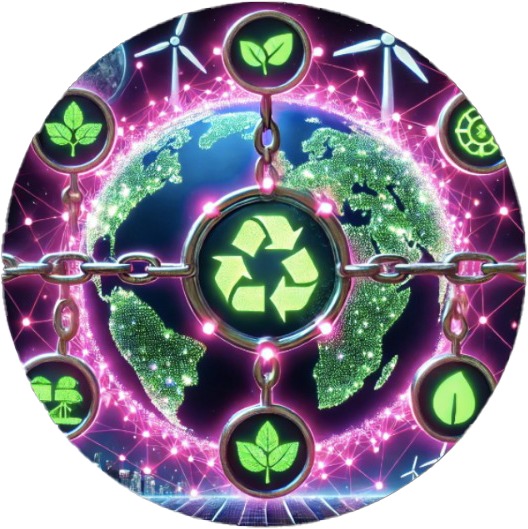
Solution
The project proposes an innovative solution for the carbon market.
Market
This market faces challenges such as fraud, double counting of credits, and lack of transparency.
Blockchain Solution
Certifiers (Verra, Gold Standard, UN REDD+) register credits on blockchain.
Token Model Carbon Credi
Fungible Token (ERC-20), Carbon Credit NFTs (ERC-721 or ERC-1155), Rewards and Staking.
Roadmap
The roadmap includes developing smart contracts and carbon partnerships in Phase 1, launching a beta on the testnet with security audits in Phase 2, and deploying on the mainnet with global market expansion in Phase 3.
Empowering Sustainability with Innovative Tokens and Rewards
We created a utility token to facilitate transactions within the ecosystem:
- Fungible Token (ERC-20): A means of payment for acquiring carbon credits.
- Carbon Credit NFTs (ERC-721 or ERC-1155): Represent each carbon credit issued.
- Rewards and Staking: Companies can earn incentives by offsetting more than they emit.
Certification: Blockchain-Based Solution
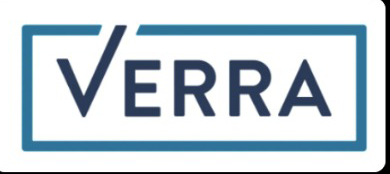
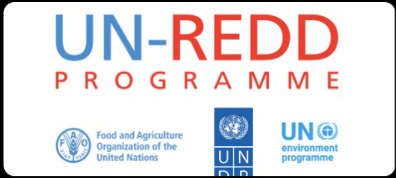
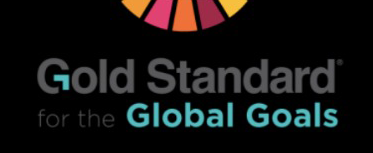
Our project solves these problems by using blockchain to immutably record each carbon credit. The system operates as follows:
-
Certification bodies (Verra, Gold Standard, UN REDD+) register credits on the blockchain.
Blockchain, Smart Contracts, CO2 Offsetting – A Greener Future!
Blockchain Technology
Transparency and security in carbon trading.
Key Benefits
Immutable records, fraud prevention, and global accessibility for carbon markets.
Smart Contracts
Automate and validate transactions.
Key Benefits
Efficiency, trustless execution, and reduced intermediaries in carbon credit trading.
CO2 Offsetting
Reliable emission offsetting ecosystem.
Key Benefits
Decentralized, secure, and impactful solutions for a sustainable future.
Empowering a Sustainable Future Through Blockchain and Carbon Offsetting
Tokenomics
The tokenomics includes an initial supply of 1 billion tokens, with distribution to the marketplace (40%), staking (25%), team (15%), marketing and partnerships (10%), and strategic reserve (10%). Future emissions are limited to 5-10% per year, with adjustments based on project growth, and incentives for carbon offsetting.
Development of Smart Contracts
Developing smart contracts includes creating the ERC-20 fungible token, carbon credit NFTs (ERC-721 or ERC-1155), a burn function for offsetting, governance via DAO, and auditing using Slither, MythX, or CertiK.
Launch and Scaling
The process includes Testnet deployment (Ethereum Goerli, Polygon Mumbai, or Solana Devnet), bug fixes, Mainnet launch (Ethereum, Polygon, Solana, or Algorand), and adoption incentives via marketing and partnerships.
Meet Our Team

Elias Navarro
Renewable Energy

Sasha Duke
Blockchain Engineer

Joseph Roccisano
Designing Tokenized

Roman Makanisa
Web3 | AI

Tanya Sharma
DeFi Marketer
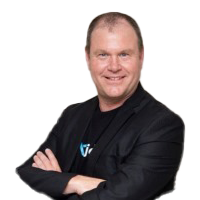
Bryan Benson
Joinn Finance